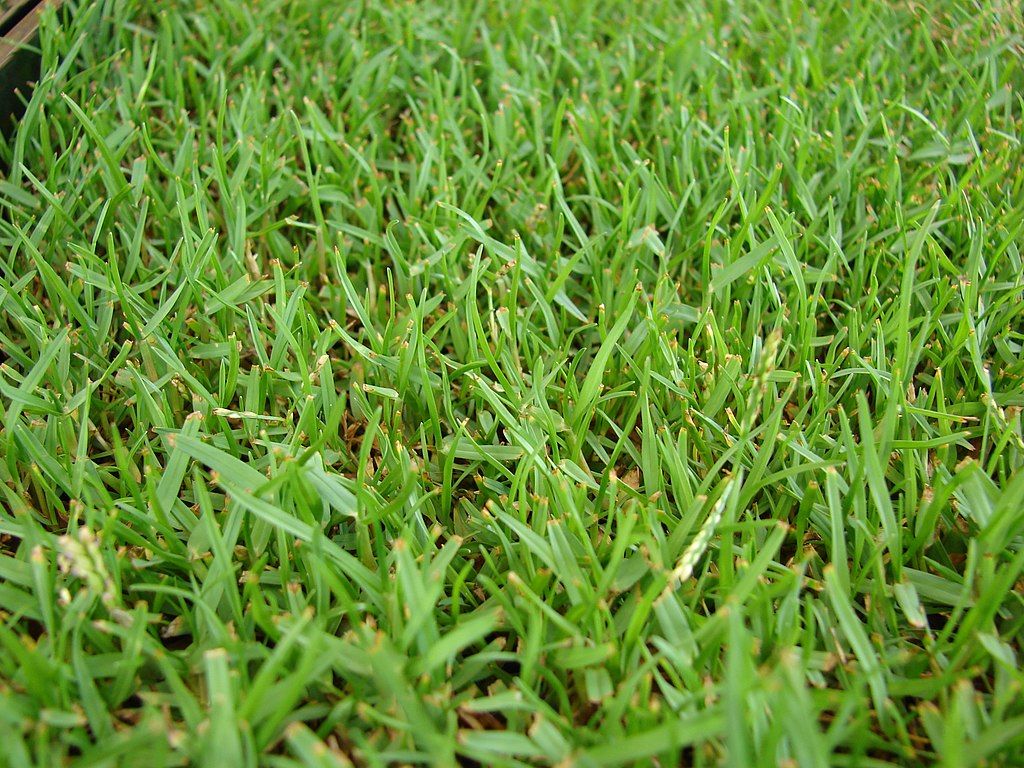
When it comes to your lawn and its overall health, few things are more alarming than your grass pulling up easily on your North Texas lawn. You don’t have to be a lawn expert to know that this means something is wrong.
In fact, you might have some serious worries.
If your grass is not firmly rooted into the ground, how long can it last? Is your whole lawn going to start to die?
And what are some possible reasons why the grass is coming up in clumps in the first place?
In this article, we’ll be talking about why grass could be pulling up easily and what you can do about it.
You’re absolutely right that this can be a serious problem and it needs to be addressed quickly. While grass pulling up easily in one small spot might not be too big of a deal, if that problem starts to spread, you could risk losing large areas of your lawn. That’s why it’s important to swiftly identify what’s going on and solve that problem.
Anytime that your grass is in bad shape and dying, it could be pulling up more easily than normal. But let’s look at some of the more common reasons why this could be occurring.
One of the most likely scenarios for your grass pulling up easily is because it is literally no longer rooted to the ground. This could be due to a pest eating the roots.
In North Texas, our lawn grub infestations are caused by June Beetle grubs, properly known as Southern Masked Chafer grubs. These are the larvae of June Beetles.
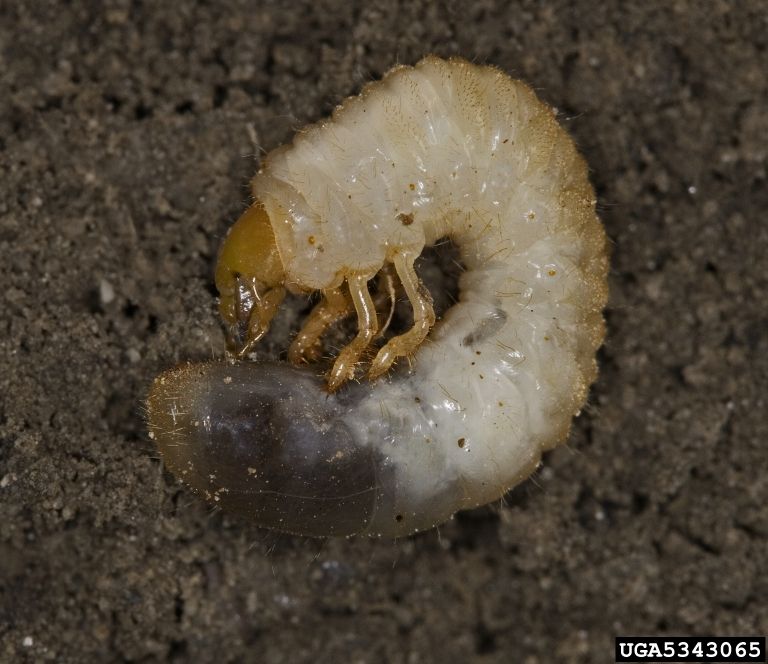
Grubs are a major problem in that they feed on the grassroots of lawns. This will cause the turf to die in areas that they are feeding and (as a result) the grass will pull up easily. Some homeowners have even reported it was as though their lawn was “rolling up like a carpet” in areas where grubs had feasted.
In addition to grass pulling up easily, another telltale sign of a grub problem is mole damage. That’s because moles love to eat grubs and their presence will attract moles to your lawn.
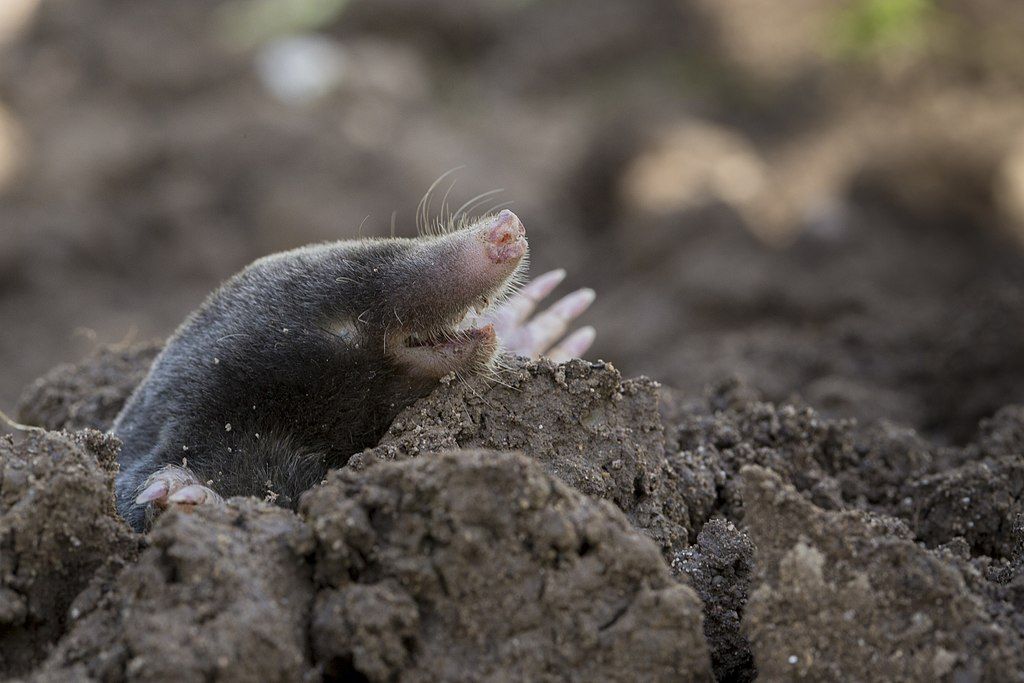
Mole damage typically looks like raised volcano-shaped mounds throughout the yard.
Grubs in the lawn can be addressed with a curative product that will eliminate them. This is going to be your best course of action for an existing lawn grub problem. However, an even better course of action (going forward) would be to prevent grubs in the first place with a preventative grub control product applied to the lawn during the spring season.
Preventative grub control will prevent grubs from hatching and feasting upon your lawn’s grassroots.
So often, homeowners think of a watering problem as being related to under-watering. But overwatering (or water that is pooling in your lawn due to poor drainage) can also cause problems.
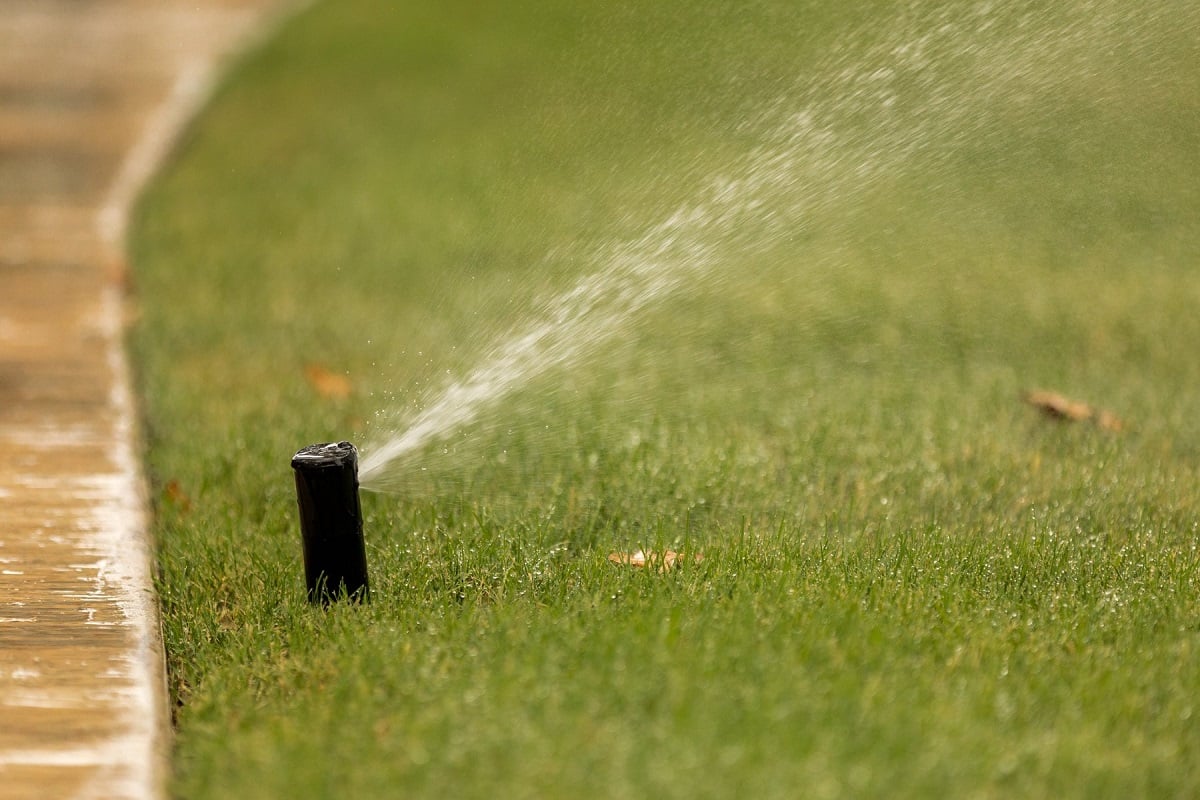
Turf plants growing in soil that is too wet can suffer from a lack of oxygen which leads to the death of the roots and a loss of vigor in the plant. When you water well beyond your lawn’s needs, essentially, you are drowning it. This could cause your lawn to eventually die and for grass coming up in clumps as a result.
Of course, overwatering does not just happen when homeowners water by hand. More often than not, it’s an irrigation system problem.
Possible signs of an irrigation system problem that you might notice ahead of grass actually dying include some of the following.
Given the fact that some of the signs of a necessary irrigation repair can be subtle, it’s worth regular check-ups to ensure that your system is functioning at its best. Sometimes even small tweaks can save you money and help your lawn and landscape to perform better.
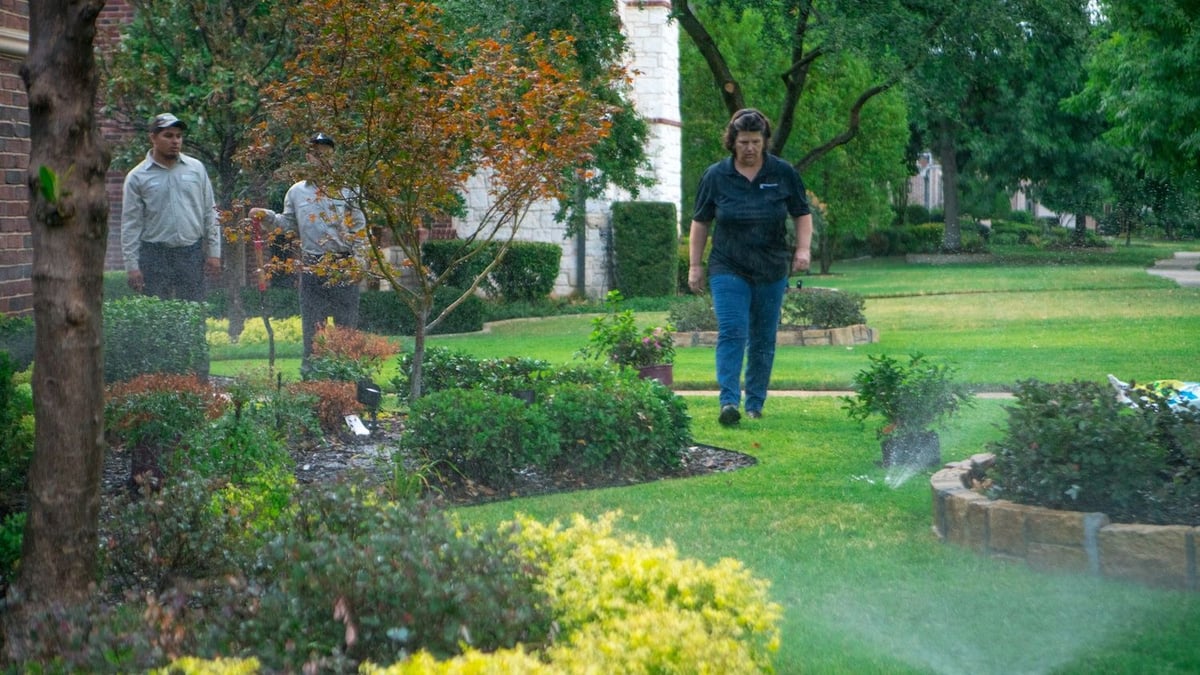
At Grassperson, we recommend at least bi-annual irrigation checks in the spring and in the fall. We’re making tweaks where they’re needed and making sure any repairs (however minor they may be) are handled.
If grass pulls up in clumps, it could also be damaged or even die as a result of a lawn fungal disease, which is fairly common in North Texas due to our climate conditions.
Fungus can be a serious problem if not appropriately dealt with because it can start to kill the grass. If you want to find out more about the specific types of lawn fungi we see in North Texas (Dollar Spot, Brown Patch, and Summer Patch), then you can read this turf disease article for more detail.
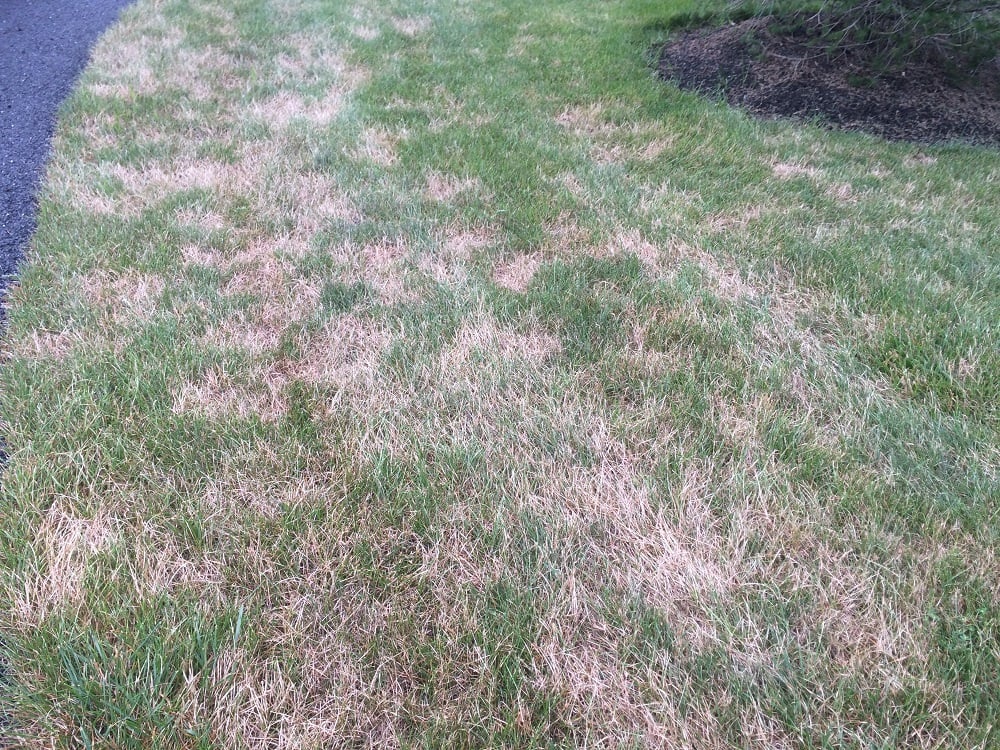
But what you need to know is that with all lawn diseases, proper identification is key. Once your lawn care professional identifies what lawn disease you’re dealing with, then they can implement the right treatment.
This is one of those situations where a DIY approach to attempt to solve the lawn problem could do a lot more harm than good.
Because diseased grass often mimics under-watered grass (by looking yellowish or brown), watering is often one of the first things homeowners do when they spot these symptoms. Unfortunately, overwatering the lawn can actually make a fungal problem much worse.
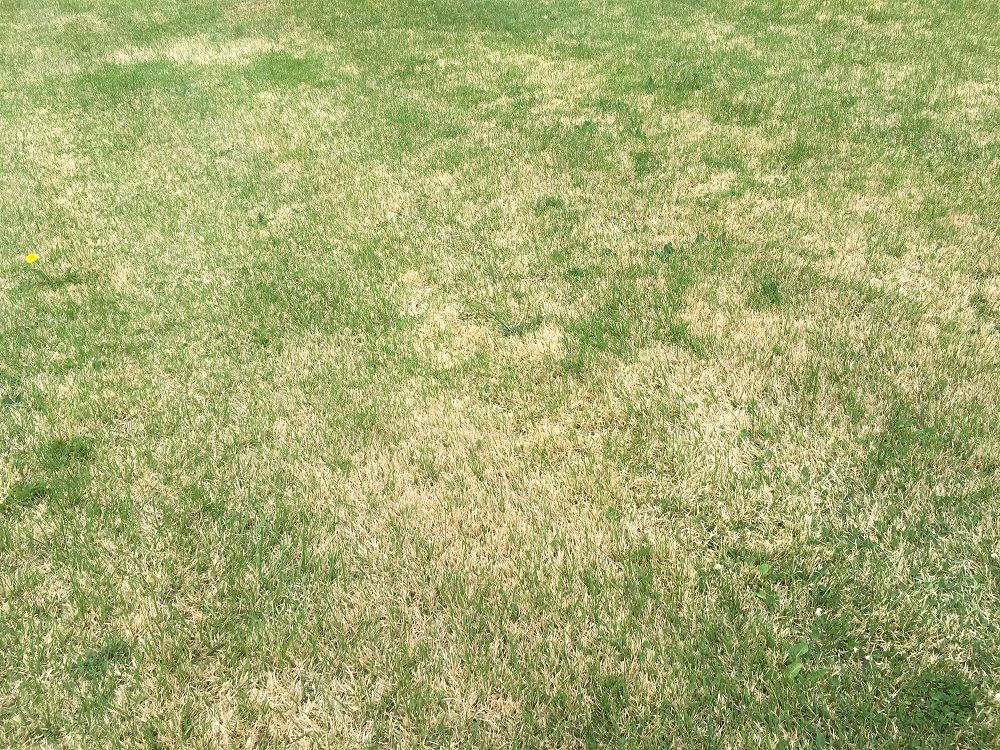
If you have any questions about any signs or symptoms that you’re seeing in your lawn, including grass pulling up easily, you should consult with a pro.
Finally, we also want to mention that some lawn problems can go deeper (literally) and be pinpointed to a problem with the soil.
If a soil health problem is suspected, you might want to invest in a soil test to know exactly what’s going on. With a soil test, we can see the exact deficiencies in the soil and what will be needed to correct them.
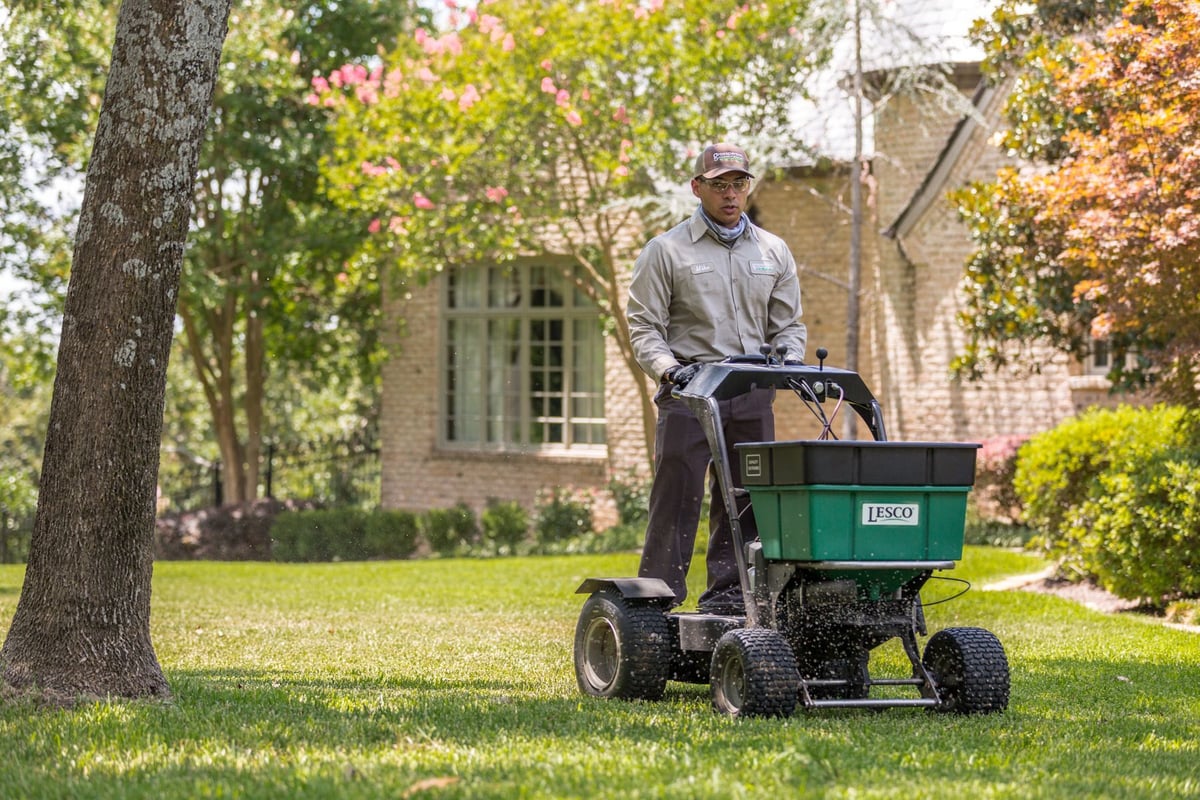
When it comes to how to fix bad lawn soil, fertilization is one of the most important things that we do. Lawns naturally fall short of all of the nutrients that they need to perform their best.
Fertilization restores these nutrients to the soil. We’ve talked previously about the importance of choosing a high-quality lawn fertilization program.
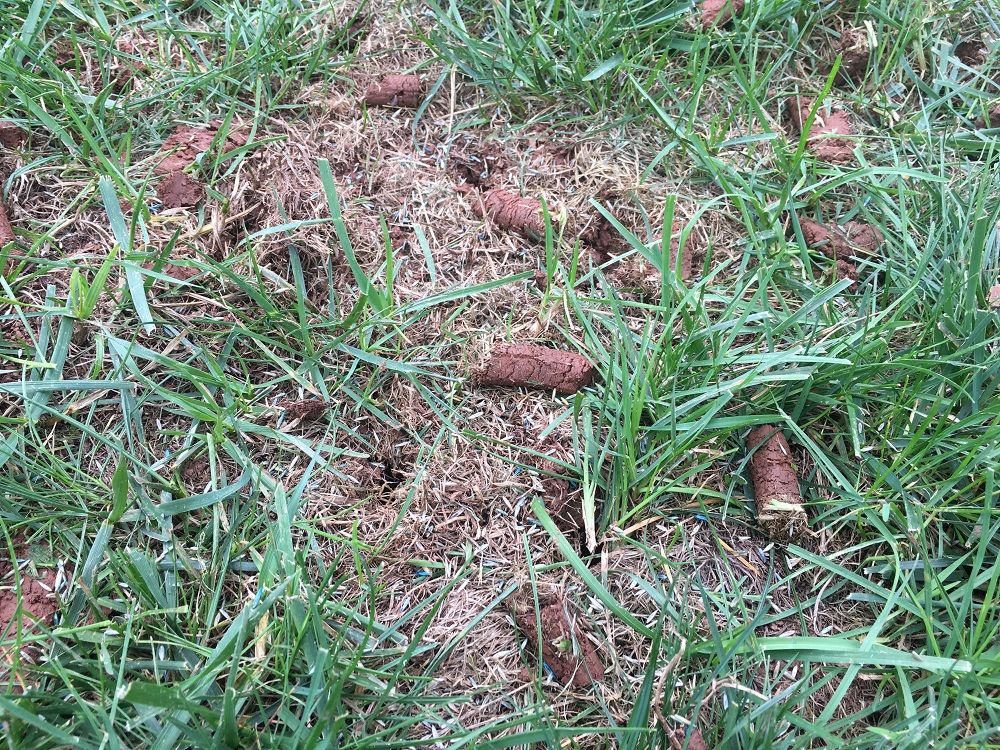
Lawn aeration is another really important service when it comes to fixing bad lawn soil in Texas. That’s because the clay-like soil here in Northern Texas can make lawns incredibly compacted. When soil is compacted and you try to apply fertilizer to it, it’s just going to sit there, not doing anything.
At the end of the day, if your grass is pulling up easily, you need to get a solution underway swiftly so that the problem does not continue to get worse. If you have areas of the lawn that are going to ultimately be bare due to the grass already having died, then you might need to talk to a lawn care pro about installing sod.
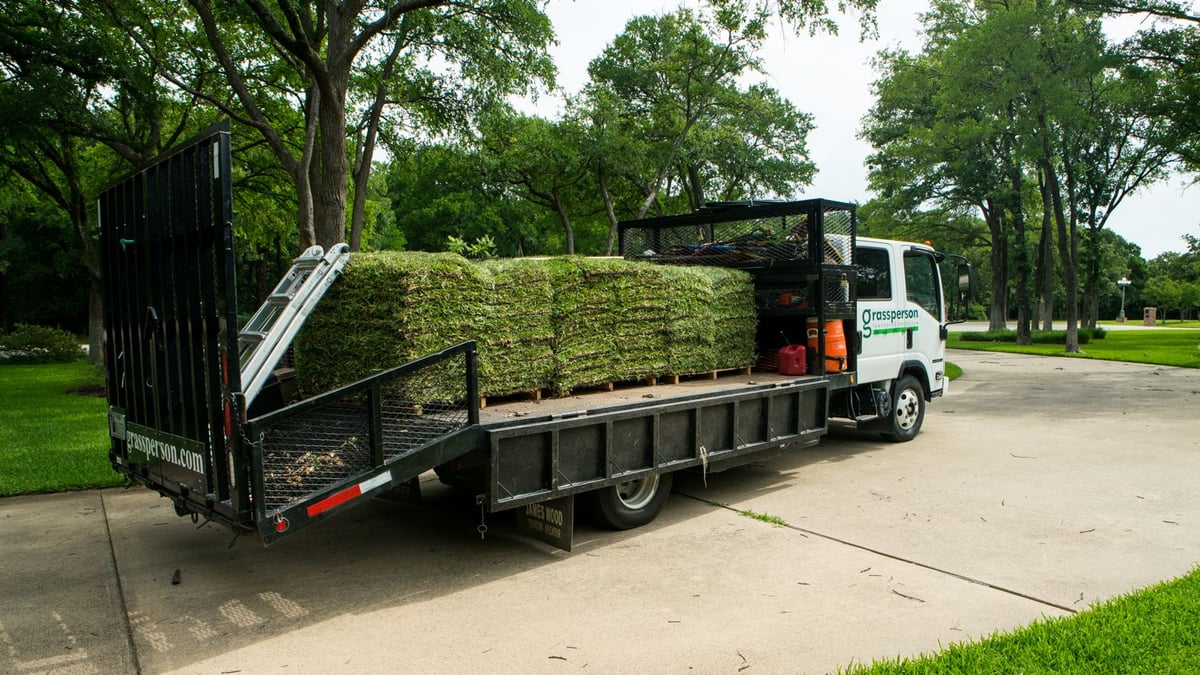
Then, going forward, you can make sure that you have the right solutions in place to prevent future problems.
Lawn care problems can happen, even when you’re doing everything right. Some problems like invasive pests or diseases can be unavoidable. But the key is to have a lawn care partner on your side who is helping to address problems quickly and prevent them from getting worse.
This should also give you peace of mind. You can rest assured knowing that your lawn is in good hands, allowing you to continue to enjoy having the best one on the block!
Ready for a gorgeous lawn at your Flower Mound, Highland Village, or Lewisville, TX home? Get a free quote and then enjoy the best lawn on the block without the worries!
These Stories on Lawn Care